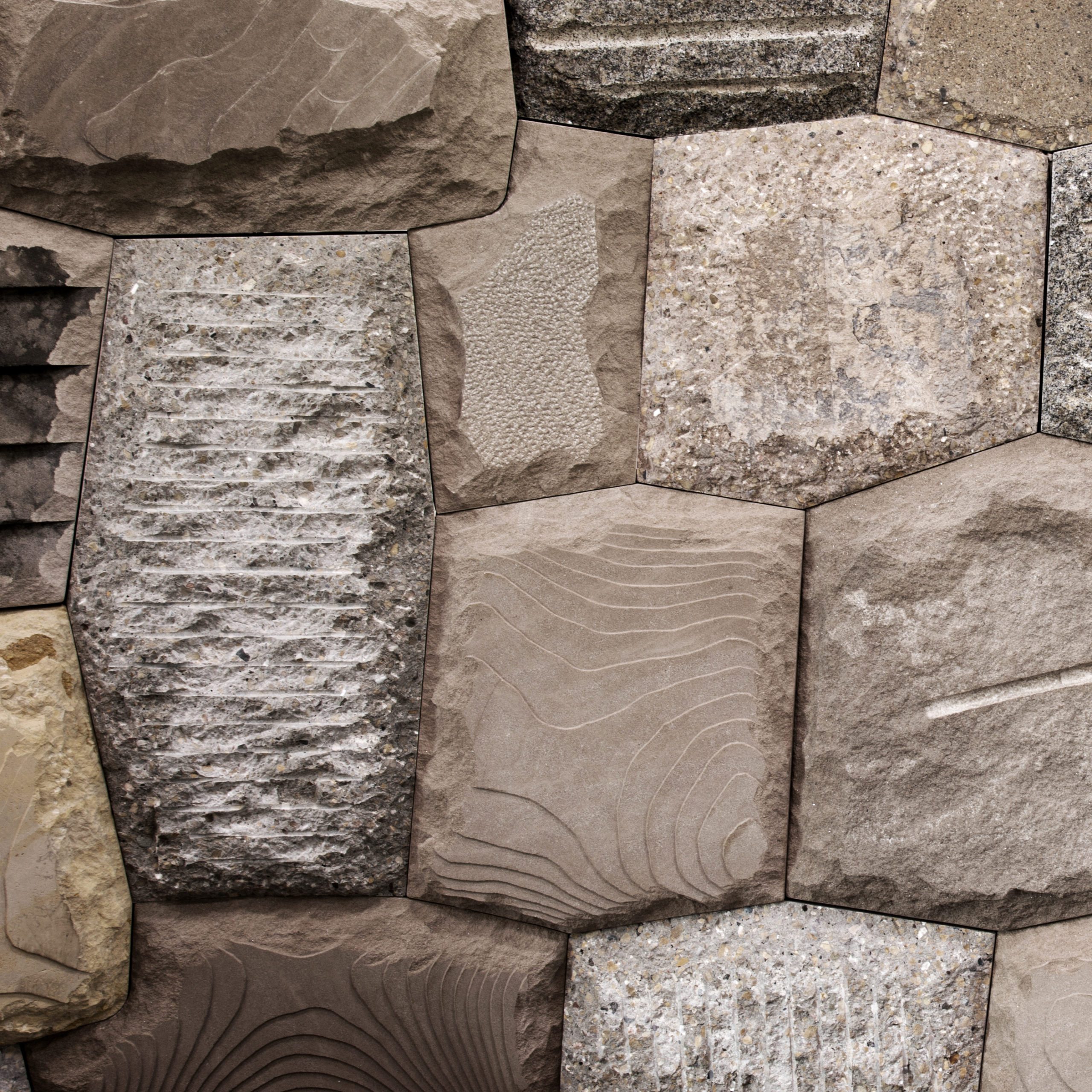McGee Invited to Exhibit at the 2017 Seoul Biennale of Architecture and Urbanism
Wes McGee, Assistant Professor and Director of the FABLab, will be exhibiting a collaborative project with his Matter Design co-founder, Brandon Clifford, and with stone fabricator, Quarra Stone led by James Durham, in the 2017 Seoul Biennale of Architecture and Urbanism. The Biennale will be in sites across Seoul, Korea on September 2 – November 5, 2017. The Thematic Exhibition in which McGee will participate is called “Nine Commons,” four in Ecology: Air, Water, Fire, and Earth; and five in technology: Making, Moving, Communicating, Sensing, and Recycling. The Matter Design / Quarra Stone project will be part of the Making Commons and is called “Cyclopean Cannibalism” named after a race of giants in Hesiod’s Theogony, the Cyclopes, known for constructing massive stone walls.
More about Cyclopean Cannibalism:
Cyclopean Cannibalism is a masonry project consisting of massive stones, recycled from building debris, then fit precisely together despite their diverse sizes and shapes. Historically, of the numerous civilizations, the Inca constructed without a preconceived design. Their architecture emerged through a sequential logic informed by the constraints of resources. When materials were scarce, stones were re-adapted into new works. Through new projects, they consumed their own cities. In today’s urban context, we generate unprecedented quantities of waste. There is an impending crisis hinging on how we deal with this debris, specifically from buildings. In order to more intelligently reconsider the existing building stock, the profession could learn a great deal from Cyclopean constructors. These methods force us to relinquish pre-determined design composition in exchange for a systemic, intelligence design, capable of responding to unknown conditions. Cyclopean Cannibalism deciphers the Inca method and translates it into a possible contemporary method.
Future cities demand a creative cannibalization of their accumulating debris and stagnating structures. Can urbanism of the near future be re-imaged as architecturally self-sustaining? Can our future cities digest themselves?





